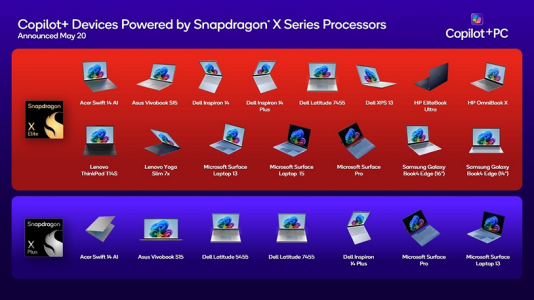His point is that the thermal enclosure of the M4 has limited it beyond normal, and so it’s possible power has gone up significantly. It doesn’t really matter what the benefit was, a few % at that tipping point can be quite a lot of heat or power. He isn’t saying it’s as bad as AMD/Intel heat is right?The "wild cooling setups" enabled it to hit 4000, but it was already well over 3800 without any cooling at all. So that's like 3-4% "benefit", which is to say not much. If that's all PC overclockers were able to get no one would bother with it.
Idk I think you guys are talking past one another, I happen to agree with Uzzi the M4 is probably drawing like 9-12W max ST. Way better than AMD/Intel @ iso-power perf? Sure. But they’re probably pumping it a bit






